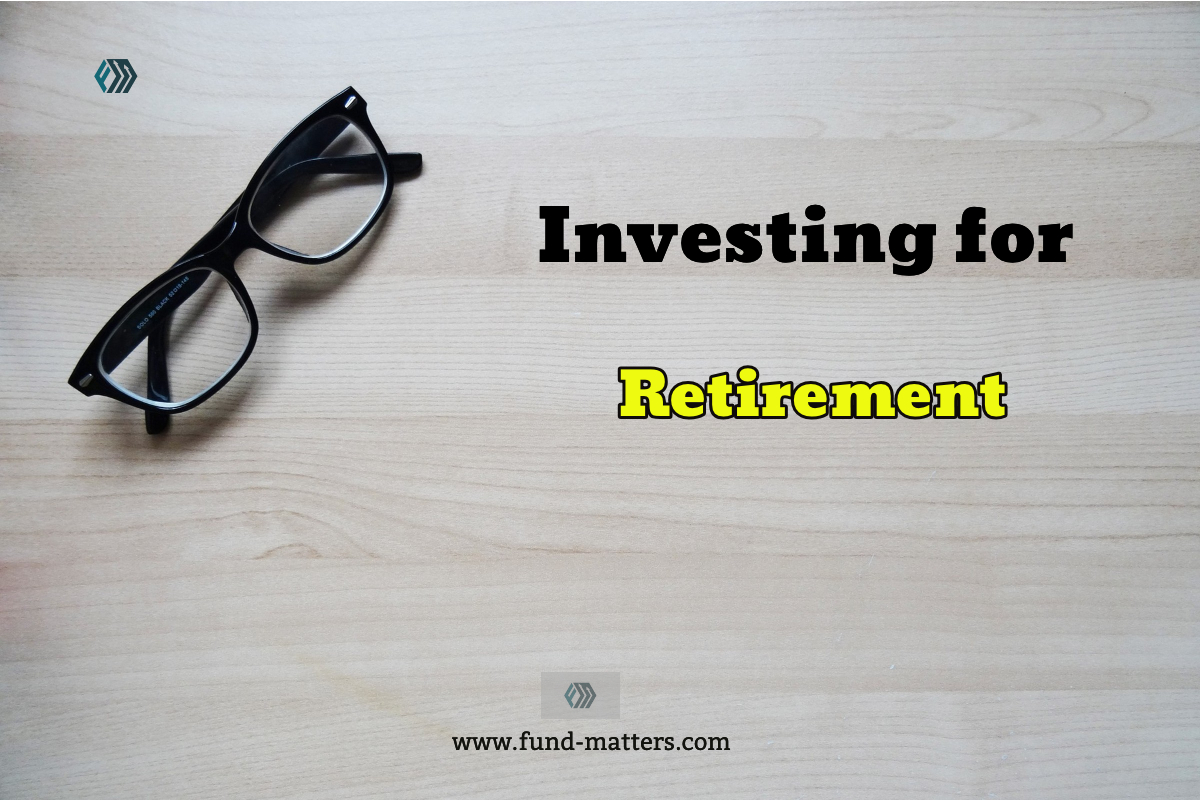Building a Healthy Retirement Corpus

Start early to reap benefits
The essence of a good life (financially) can be summed up in very few words – a simple money management system. You can roughly divide all your after-tax income into 3 major following parts.
1. Life necessities or Fixed costs – 50%-55% of your income
2. Variable expanses – up to 30% of your income &
3.savings – 15%- 20% of your income goes to your investment account which you invest consulting a financial advisor.
Without any difficulty you can save enough money for the amber years even after living a full life. Unfortunately, due to lack of financial knowledge, we don’t start thinking about retirement before our late thirties. Here are few money management rules to build a healthy retirement corpus.
Start at 20s: The power of compounding gives an extra edge even to a small investment
The first job comes with several wish lists. From that play station to iphone to buying the first car, the priorities at this stage always equates into spending. Instead of following the basics – Income minus Savings equals Expenses, people in this age bracket think in short-term that is Income minus Expenses equals Savings. Though having this little bit of fun is really necessary but by starting to invest early one can take advantage of their age and the natural risk appetite. Even if it is a small amount the power of compounding can provide an extra edge to your investments. Besides this one should also consider including adequate life insurance cover – a term insurance and a health insurance as early as possible.
Going steady at 30s: Investors still have 30 years to build a retirement corpus
At thirties with the increase in income, responsibilities increase too. At this stage, people plan to settle down and have children, buy a house or a bigger car. In terms of life and goals though they have relatively lesser scope as compared to opportunities in their 20s, they still have 30 more years to build a sufficient retirement corpus. Moreover as they have a better understanding of finance and investments, people in this age bracket should have exposure to high growth asset classes like equity and sub asset class like mid cap funds. Also apart from getting their immediate family covered under certain life insurance plans, they should also consider building an emergency fund of six to nine months of their salary.
Planning at 40s: One should look at reducing risk within equities
This is the most crucial period in one’s life – professionally, personally and financially. And obviously, the priorities change and responsibilities are immense. Now, their focus is solely on children’s education and retirement. As much as it is essential to remain equity heavy between 20s and 40s, one could consider reducing the risk by moving to large cap funds as they enter their mid-40s. Also they should start thinking of shifting to debt fund from equity. Most importantly at this stage, one should be cautious about the expenses, especially children’s education considering the inflation rate is one of the highest in this sector.
Taking stock at 50s: Never touch the retirement corpus
At this stage, one needs to take stock of all their assets. If there are illiquid assets like land, building or any other, selling off the unused ones is preferable. Real estate maintenance cost is high and yield is low. Keeping financial assets are more beneficial.
If funds are not enough, it is always advisable to take a loan for children’s higher education. It can be repaid by the children when they start earning. For other goals such as house, car or even vacations, it is always better to scale down to affordable levels.
Most importantly, all debt should be paid out before retirement. In the order of priority, the most expensive loans should be paid out first followed by others. No loans should be carried forward post retirement.



